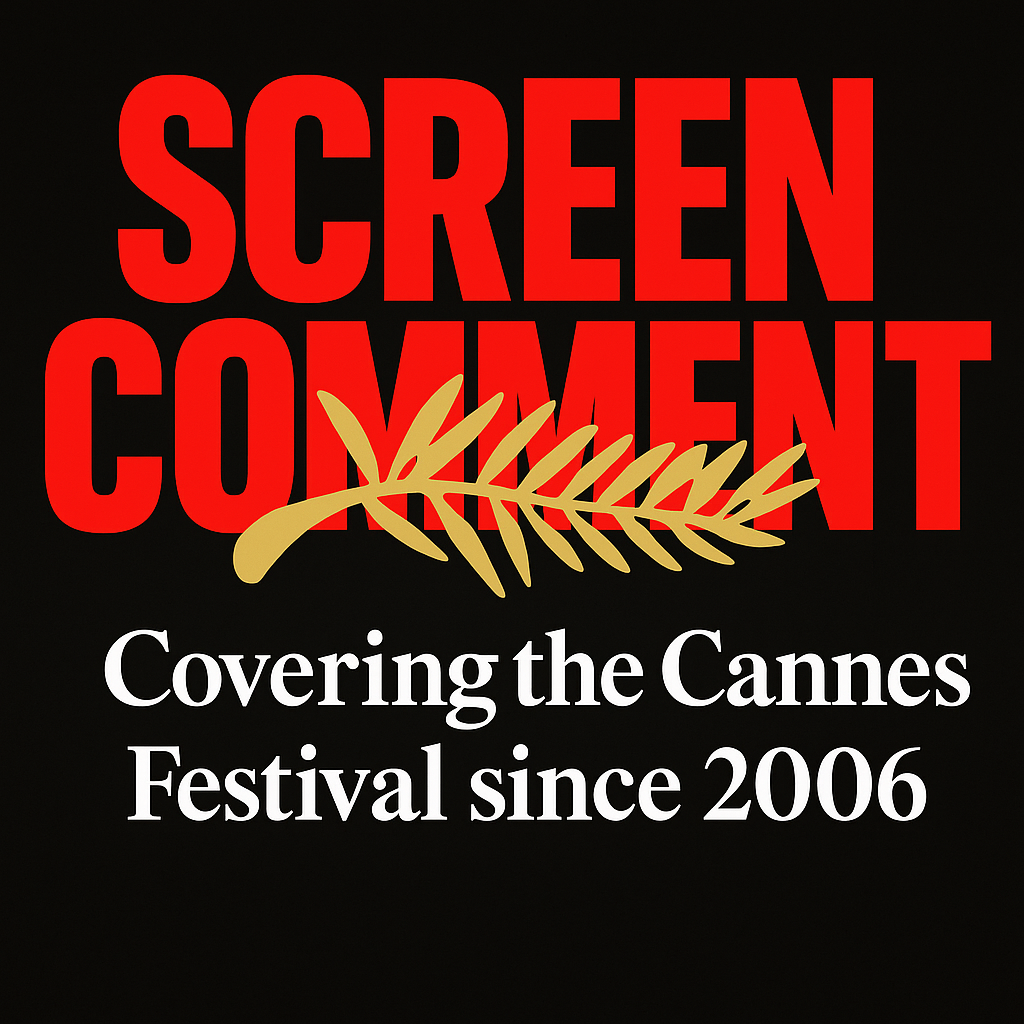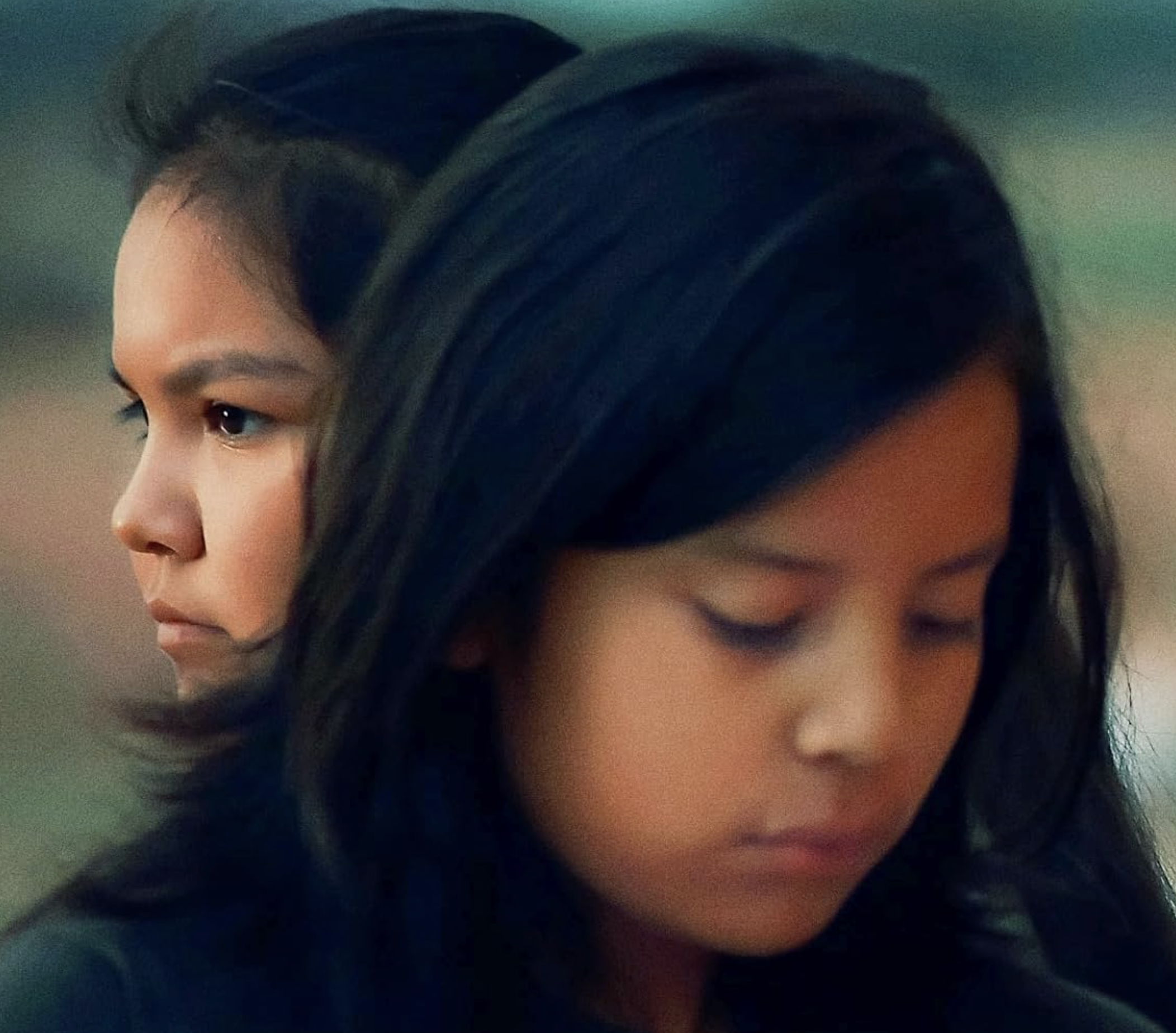“FRYBREAD FACE AND ME,” a subtle film of affectionate moments | REVIEW
Filmmaker Billy Luther’s first film, 2007’s “Miss Navajo,” was an involving documentary that used the determination of one contestant in the Miss Navajo Nation pageant to examine the importance of keeping culture and tradition at the forefront in the Native American way of life. The honest look at identity was personal to the filmmaker, whose mother won the title in the mid sixties. With his first feature film, “Frybread Face and Me,” Luther takes a semi-autobiographical look at the women who helped shape his identity and brought him closer to his Navajo, Hopi, and Laguna Pueblo cultures.
As the summer of 1990 begins, eleven-year-old Benny (Keir Tallman) is told by his father that the promise of seeing Fleetwood Mac live will not come to pass. Instead, Benny will spend his summer on the Navajo reservation with his maternal grandmother (Sarah H. Natani ) and Uncle Marvin (Martin Sensmeier) on his mother’s side. For Benny, growing up in San Diego has found him long out of touch with his Native roots. The coming three months spent in the Navajo nation will be an exile, as Benny knows he will be cut off from what brings him joy; skateboarding, Pee Wee Herman, making “soap opera” dramas with his two action figures, and especially his mother (Morningstar Angeline).
Feeling lonely and isolated upon arrival, Benny meets his cousin Dawn (Charley Hogan), a young girl whom everyone calls Frybread Face. In the beginning, their relationship doesn’t exactly blossom. Dawn is a translator for Benny and their grandmother, which annoys her. She cannot stomach how Benny can be so ignorant in the ways and language of their people. Perhaps she is jealous of her “City Indian” cousin and his year-round passes to SeaWorld. Calling Benny “Shamu” begins as a taunt but, as their relationship progresses, becomes a term of endearment.
Luther’s screenplay is tender with Benny and Dawn’s relationship. Both children come from parents going through rough times; each child tossed onto the rez feeling abandoned. The director takes excellent care assuring that the understanding that blossoms between the two cousins is organic and born of the honesty within the characters. Benny and Dawn find they are their best selves when around one another.
Keir Tallman and Charley Hogan are real finds. Both young actors are natural, with not a false moment to be found in either of their performances. Tallman captures the growing pains and inherent sadness of an eleven year-old being left by his family to a place and people that are foreign to him. Charley Hogan perfectly captures a young girl with a hard shell and a lonely heart, but finds the humor in her blunt demeanor when addressing Benny.
Billy Luther’s screenplay depicts the complexities of life on the reservation through vivid evocations. The writer/director presents his story with his own wistful narration, giving life to the places and people who live in his memory.
Uncle Marvin is hard on Benny, mocking him for playing with “dolls” and chastising the young boy for not being enough of a man. Marvin is a man beaten down by his own failures and angry that he has never truly left the rez.
Benny’s Aunt Lucy (Kahara Hodges) is a sweet soul that makes Benny smile, but is only sporadically on the rez, too often coming and going. Lucy bonds with both Dawn and Benny, and for the first time, someone actually sees him, without ridicule or judgement.
As director Billy Luther identifies as gay, there is an undercurrent of Benny embracing both sides of himself. In one scene, he will wear a Navajo bandana around his long black hair, while in another moment, he and Dawn put on dresses and dance to the music of their people. For Benny (and the film), there is no man and woman. His life is shaped by both, ergo, the young Navajo embraces each side of himself with no shame; a beautiful sentiment for our current world.
Luther’s film immerses itself in truth and beauty. Benny and Dawn learn the virtues of the simple things, as they mend (both literal and figurative) fences, help grandmother weave a rug, and herd sheep. Peter Simonite’s camera captures the alluring New Mexico landscapes, filling the open spaces with Navajo culture and the faces of the indigenous peoples; imagery that will stay with you. As the characters move through their natural surroundings, the picture achieves an ethereal delicacy that becomes a moving snapshot of a culture and its power.
“Frybread Face and Me” is a subtle and moving film of affectionate moments that are precious to the director. In sharing his truth, the audience will leave with a deeper understanding of the connections between the generations of Benny’s family and the importance of knowing one’s heritage.







